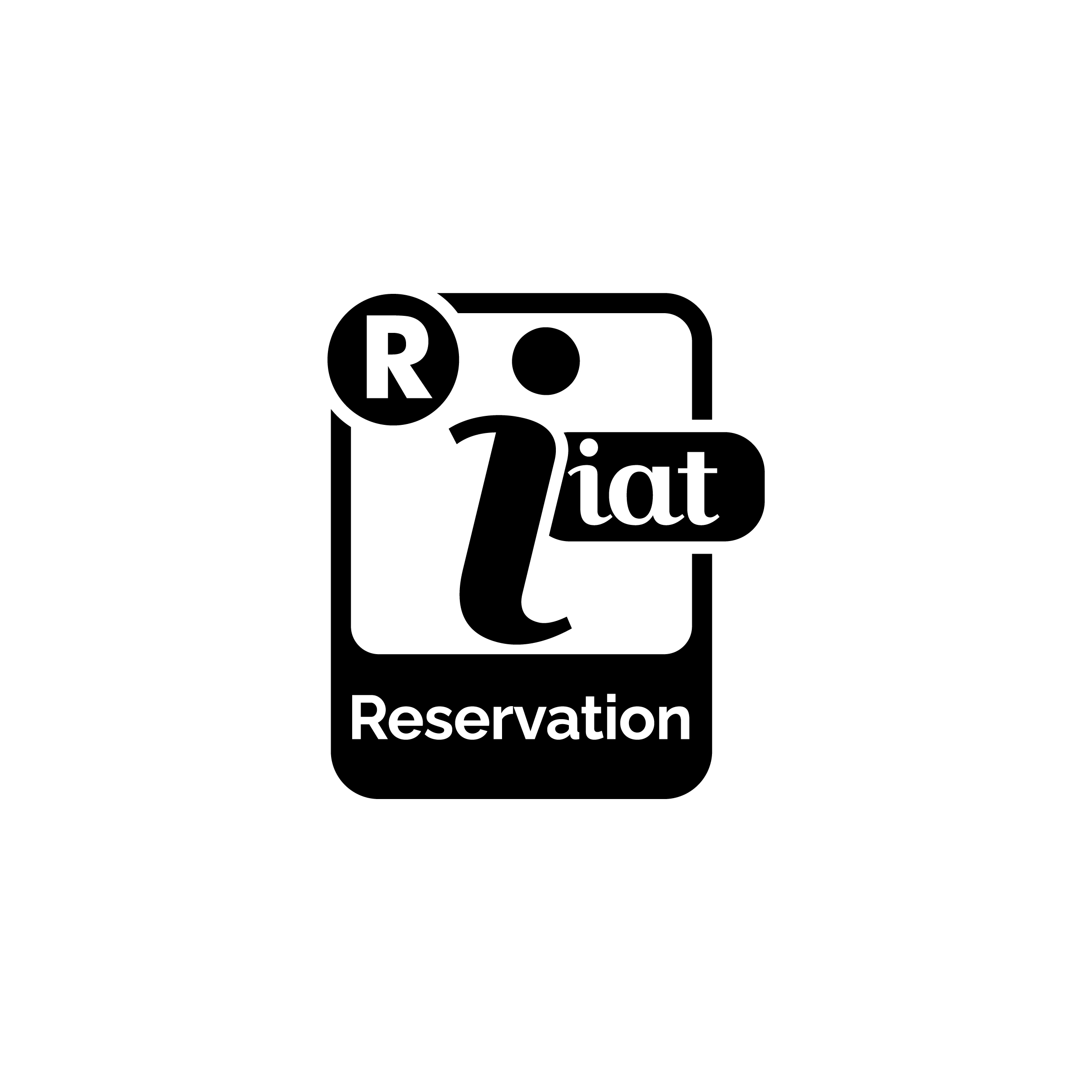Campagnola Emilia
Information
Altitude: 22 m
Inhabitants: 5.562 (updated to January 31st, 2024)
Postal code: 42012
Weekly market day: Saturday
Patron Saints: Santi Gervasio e Protasio (June 19)
Hemlets: Cognento and Ponte Vettigano
Contacts
0039 0522 750711 - Town Hall
Town Hall of Campagnola Emilia
How to get there
Campagnola Emilia
By car
From the exit Reggio Emilia of the A1 motorway: take Provincial Road SP travelling in the direction of Reggiolo. Turn right at Novellara.
From the A22 motorway: exit at Carpi and take the Provincial Road to Novellara.
By bus
From Piazzale Europa in Reggio Emilia: public transport bus No. 43 or 95.
Location
Campagnola Emilia, located 23 km north of the administrative centre, in territory that has belonged to the Canossa family (IX century), the monastery of Frassinoro and the Da Correggio family (XIV-XVII centuries).
The construction of the village, begun in 1621 by Siro d'Austria, increased its importance.
Not to be missed
In the heart of the town is Piazza Roma, which maintains the regular XVI-century layout, with the Santi Protasio e Gervasio Parish Church to the north, two sides of similar houses and porticoes, a space to the west for villa Schiattarini, later Conti-Cottafavi, and the Town Hall, a XVII-century building modified on a number of occasions, positioned at the opposite end of the church.
At around 1.5 km from the centre of the town is the Sant'Andrea Church, in Romanesque style, with frescoes from the XV century.
North east of the town is the Abbey of Campagnola Emilia dedicated to the Holy Trinity; founded in the XII century, it is one of the most important in the Reggio Emilia territory of that period. Today, only a modest little church remains of the entire building, built out of the right-hand nave of the church and placed inside a Rural Palace.
What to eat
The farming village is well-known for the delicious Ciccioli (pork cracklings) produced there; it is also famous for the vinegar dellars, the Lambrusco Reggiano wineries and the cheese factories that produce Parmigiano Reggiano cheese.
Events
Salami Nights - Third weekend of May
Tastings of salami and other pork-based gastronomic products.
Contest between butchers for the title of "salame dell'anno" ("salami of the year").
Saints Gervasio and Protasio Festival - Third weekend of June
Open market, gastronomic stands and products, performances, funfair.
Golden Crackling - Second Sunday of December
Contest between butchers for the production of the best pork crackling and the "record-breaking super crackling", and at the end of the day, the awarding of the best butcher.
Gastronomic stands and stalls with local traditional food products.
In the vicinity
In San Bernardino is the San Bernardino Court (also known as Casa Folloni taken from the name of its current owner), already recorded in the XII century with the name of Villa dei Reatini.
The famous Franciscan preacher Saint Bernardino of Siena, extraordinary orator and propagandist of the name and monogram of Jesus was a guest in the villa.
The palace, dating to the Matildic era, was restructured in the XV century with a manor house to the west, a dovecote tower to the north, and a XV-century oratory dedicated to the Saint.
Useful links
- Museum in Campagnola Emilia
- Churches in Campagnola Emilia
- Where to stay in Campagnola Emilia
- Where to eat in Campagnola Emilia
- All files of Campagnola Emilia





